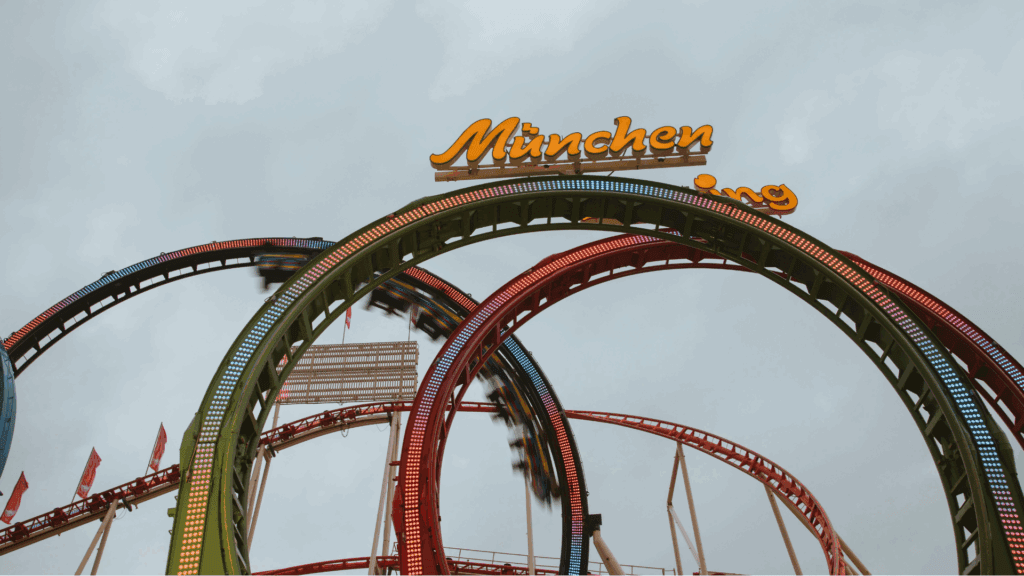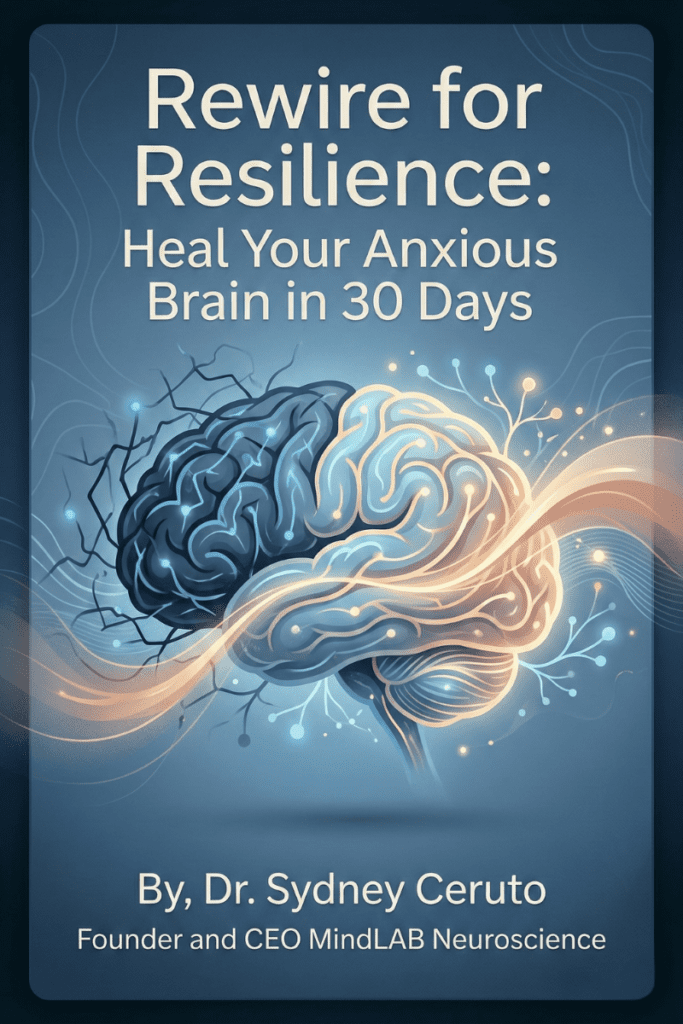When clients come to me exhausted, scattered, and unable to concentrate, I often ask a simple question: “How much time do you spend on short-form content?” More often than not, the answer is staggering. YouTube Shorts alone now commands trillions of views every year, a testament to the compelling nature of these short, fast-paced videos. But the very design that makes them impossible to resist is also reshaping your brain.
The endless scroll of Shorts isn’t just harmless entertainment—it’s a direct manipulation of your brain’s reward loops. These loops, powered by deeply embedded survival mechanisms, are optimized for novelty, unpredictability, and anticipation. And while neuroscience explains why they feel so magnetic, it also reveals why prolonged exposure leaves you restless, unfocused, and unsatisfied.
Let me walk you through the neuroscience of how YouTube Shorts hijack your brain, why these reward loops affect your memory, focus, and productivity, and what you can do to reclaim your attention.
The Secret Weapon of Shorts: Variable Reward Loops
At the core of YouTube Shorts’ addictive power lies a principle well-known to neuroscience: variable reward loops. Unlike predictable rewards, which the brain quickly adapts to, unpredictable outcomes produce the most substantial dopamine spikes. This is the exact mechanism that makes slot machines so irresistible.
Each swipe brings the possibility of encountering something hilarious, shocking, heartwarming, or informative. The uncertainty itself is what drives the craving. When you do get a hit of novelty or emotional resonance, your dopamine system learns: swipe again, the next one could be even better.
In my coaching practice, I often explain it this way: your brain doesn’t release dopamine because you found something you like; it releases dopamine because you might find something you like. That “maybe” factor fuels relentless seeking. Hours vanish, attention fragments, and you walk away not refreshed, but depleted.
People often refer to this phenomenon as Doom Scrolling – the compulsive behavior of endlessly scrolling through negative or distressing news, social media posts, or online content. It is driven by the brain’s reward system, which reinforces the habit despite its emotional toll.
The Neuroscience of Anticipation vs. Satisfaction
Neuroscience reveals that dopamine primarily drives anticipation, rather than lasting enjoyment. The act of swiping creates surges of expectation, but the satisfaction of each video is fleeting. Within seconds, your brain is ready for the next hit.
Over time, this constant cycle conditions your nervous system to prefer anticipation over presence. You become wired for pursuit, not enjoyment. This explains why people often describe binge-watching Shorts as both exhilarating and strangely empty. The reward loops are firing perfectly, but the satisfaction system—the quieter interplay of serotonin, oxytocin, and endorphins—barely gets a chance to activate.
This imbalance reshapes how you approach work, relationships, and even self-worth. Tasks that require patience feel unbearable. Conversations lose depth. Achievements feel anticlimactic. You live in a perpetual state of craving, never truly arriving.
Attention Hijacked: The Cost to Focus and Memory

Every second spent in the grip of reward loops trains your brain to expect rapid novelty. Long-form tasks—such as reading a book, writing a report, or engaging in a meaningful conversation—become neurologically more challenging. Your attention span shortens, your tolerance for boredom decreases, and your memory becomes fragmented.
Memory consolidation requires sustained attention. Neuroscience reveals that when distraction prevails, experiences fail to transition from short-term to long-term memory. That’s why you can watch dozens of Shorts in a row and barely recall details later. The system is optimized for the chase, not for retention.
Many clients describe this as “brain fog” or “mental clutter.” In reality, it’s the predictable outcome of running reward loops on repeat. Networks that once supported deep focus are being overtaken by those trained for novelty.
Evolutionary Roots: Why We’re Wired to Chase
To understand why reward loops are so powerful, we must step back into evolutionary history. For our ancestors, unpredictability was critical. A patch of berries might be sweet today and gone tomorrow. A hunting ground might yield a feast or nothing at all. The brain evolved to reward persistence in the face of uncertainty.
That wiring kept our species alive. But in today’s digital world, where novelty is infinite and risk nonexistent, the same circuitry turns against us. YouTube Shorts, TikTok, and Instagram Reels exploit this ancient bias, offering endless variability with zero consequence. The result is a brain stuck in perpetual pursuit mode, chasing stimulation without resolution.
Understanding the Habit Loop Cue
To understand how Shorts become compulsive, it helps to explore the habit loop. Habits are formed around three key components: the cue, the routine, and the reward. The cue might be boredom, fatigue, or stress. The routine is opening YouTube Shorts. The reward is the dopamine spike from novelty.
Over time, the brain begins to associate the cue directly with craving. That means you don’t just watch Shorts because you want entertainment—you watch them because your brain has learned to fire the craving at the very hint of boredom. This is the neuroscience of compulsive checking. In neuroscience, the cycle of habit loop cue routine reward explains exactly why YouTube Shorts feel automatic, and why the craving to swipe can fire before you even realize it. When you understand the habit loop cue, you gain the power to break it.
Case Study: Daniel—Productivity Crushed by Reward Loops
Daniel, a 34-year-old cybersecurity consultant, came to me overwhelmed and on the brink of burnout. Despite working multiple jobs from home, he confessed that hours of his day were disappearing into YouTube Shorts. “It’s my way of taking a break,” he said, “but I end up feeling more drained.”
When we mapped his behavior, the pattern was clear. His brain had become reliant on reward loops for microbursts of energy and distraction. However, these hits came at the expense of deep work, leaving him scrambling to meet deadlines and perpetually behind schedule.
Through neuroscience-based coaching, we created a plan to retrain his brain. We installed intentional pauses that replaced reward loops with brief grounding exercises. We structured his day so genuine breaks—walks outside, short phone calls with friends, simple stretches—gave his nervous system satisfaction instead of just stimulation. Within two months, his focus improved dramatically, and the urge to escape into endless Shorts diminished.
Daniel didn’t need more discipline. He needed to understand the neuroscience of reward loops—and to rewire them.
How Reward Loops Reshape Identity and Motivation
The most insidious effect of Shorts isn’t just distraction—it’s identity erosion. Each loop reinforces a mindset of external stimulation over internal purpose. You start defining your time, and even your value, by the next hit of novelty.
In neuroscience terms, this creates a bias toward extrinsic motivation. You feel driven only when rewards are immediate, flashy, and uncertain. Intrinsic motivation—working for growth, meaning, or connection—atrophies. This is why so many people describe feeling unmotivated in daily life, yet can spend hours locked into digital reward loops.

Cultural and Social Dimensions of Reward Loops
Reward loops don’t operate in isolation; they are amplified by culture and society. Social validation—the ping of a like, the thrill of a share, the anticipation of comments—adds another layer of unpredictability. The neuroscience is clear: social cues activate the same reward systems as food and shelter.
YouTube Shorts are designed not just to entertain but to trigger comparison, aspiration, and competition. This compounds the craving, making it harder to disengage. Clients often report that the pull of “what others are doing” is stronger than their own original interests. This reveals how reward loops reshape cultural norms, narrowing focus toward the fleeting instead of the fulfilling.
Psychology of Variable Rewards
To truly grasp why YouTube Shorts have such a powerful grip, we need to explore the psychology of variable rewards. The human brain craves novelty and unpredictability. When rewards are uncertain, the dopamine system becomes more active than when outcomes are guaranteed. This phenomenon is rooted in reward prediction error, which is the difference between what we expect and what we actually receive.
Psychologically, this means that every swipe holds the possibility of surprise—a funny clip, a shocking fact, a moving story. That possibility, not the actual content, is what reinforces the behavior. In fact, studies in behavioral neuroscience show that variable rewards can make habits form up to four times faster than predictable ones.
This is why casinos thrive, why social media platforms dominate, and why YouTube Shorts feels so irresistible. You are not addicted to the videos themselves—you’re addicted to the anticipation of what might come next. That psychological loop, once activated, can override logical reasoning and keep you swiping even when you consciously want to stop.
The more you understand the psychology of variable rewards, the easier it becomes to step outside the loop and reclaim your agency. Recognizing that your craving is not for the video itself, but for the unpredictability, helps you reframe the experience and build healthier digital habits.
Reclaiming Your Brain: Expanded Strategies
The good news is that your brain is plastic. Reward loops can be rewired, and sustained focus can be rebuilt. Here are deeper strategies I share with my clients:
Track Your Cues
Notice the cues that trigger your behavior. Is it boredom, stress, or loneliness? Awareness of cues interrupts the autopilot of reward loops. Try keeping a small log for one week: write down what you were feeling right before you opened YouTube Shorts. Patterns will emerge quickly, and once you see them, you can intervene.
Replace with Enrichment
Instead of reaching for Shorts, replace the habit loop cue with a routine reward cycle that incorporates enriching novelty. Read a short essay, learn a new word, sketch a quick idea, or even step outside for a two-minute walk. You still get stimulation, but in a form that builds rather than depletes. Clients often find that once they swap 10 minutes of Shorts for 10 minutes of intentional enrichment, they feel calmer, sharper, and more in control.

Harness Dopamine Wisely
You cannot eliminate dopamine—it is essential to motivation. But you can harness it strategically—pair effort with mild, intentional rewards. A favorite playlist during deep work, a special tea when you start writing, or a short walk after finishing a project all use dopamine to reinforce healthy routines. Over time, your brain begins to crave productive behaviors as much as it once craved the scroll.
Ritualize Completion
Our brains are biased toward starting, not finishing. That’s why closure often feels anticlimactic. To counteract this, create completion rituals, such as taking a deep breath, jotting down what you accomplished, or even standing up and stretching. Label the win, share it, or reflect in writing. This strengthens the satisfaction systems that Shorts bypass, teaching your nervous system to value arrival as much as anticipation.
Create Attention Anchors
Use tools like timers, focus playlists, or environmental cues to guide attention back to meaningful work. An anchor can be as simple as a candle you only light when working, or a specific chair reserved only for deep tasks. Neuroscience reveals that physical and sensory anchors enhance consistency by tying focus to a ritual. Anchors help counteract the pull of reward loops by grounding you in the present.
Practice White Space Daily
Neuroscience reveals that the brain recalibrates during downtime. Protect daily windows free from devices—no screens, no stimulation. Even just ten minutes of white space can lower cortisol, strengthen executive function, and restore your ability to focus. This practice is not laziness; it is maintenance for your prefrontal cortex, the part of your brain responsible for self-control.
Reconnect with Values
One of the most potent antidotes to digital distraction is meaning. Refocus goals on what matters most. Ask yourself: Does this activity align with my long-term values, or is it just a short-term craving? When your energy is invested in pursuits that reflect your values—whether learning, connection, or creativity—your brain experiences intrinsic motivation. This makes reward loops far less seductive, because you are already satisfied.
Why This Matters for the Future
We’re entering an era where short-form, variable content will only expand. Platforms have every incentive to exploit reward loops because attention is their currency. However, neuroscience reveals that the cost is high: fragmented attention, weakened memory, and diminished fulfillment.
The choice isn’t between abandoning technology and surrendering to it. The choice is whether you allow reward loops to dictate your brain—or you reclaim agency. By understanding the neuroscience beneath the scroll, and by understanding the habit loop, you can build a life where novelty excites you but doesn’t own you.
Key Takeaways from This Article
- YouTube Shorts leverage variable reward loops, exploiting unpredictability to maximize dopamine release.
- Neuroscience reveals that dopamine drives anticipation, not lasting satisfaction, leaving users restless and unfocused.
- Prolonged exposure fragments attention and memory, conditioning the brain to crave novelty over depth.
- Reward loops exploit evolutionary survival wiring in a modern environment of endless novelty.
- Understanding the habit loop is critical to breaking compulsive digital behavior.
- Rewiring is possible through awareness, replacement, ritual, and alignment with values.
#RewardLoops #Neuroscience #YouTubeShorts #AttentionEconomy #Dopamine #Productivity #Focus #BrainHealth





